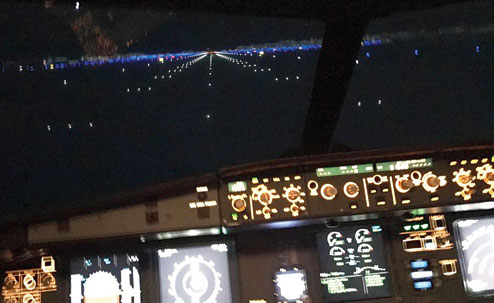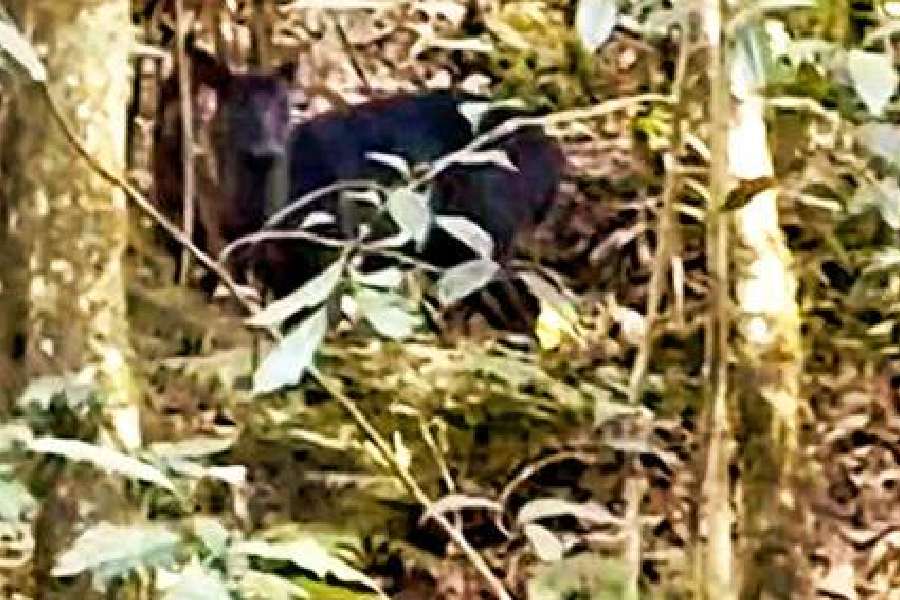
Dum Dum: Machines are ready and so are the men but the key requirement for switching on India's most advanced landing system at the city airport remains elusive - a thick curtain of fog.
The Category III-B Instrument Landing System was installed at NSCBI Airport on January 4 to allow flights to land safely in low visibility of up to 50m.
"The system has not been deployed so far as the runway is yet to be enveloped by such dense fog this season," an official at the airport said.
The other landing system functional at the airport allows flight to operate with the visibility limit of 350m.
On a few occasions since January 4, it seemed that the visibility would drop below 350m and the standard operating procedure for deploying CAT III-B was put in motion, but the system finally did not have to be switched on.
On January 5, for instance, the visibility had started dropping at 4.45am at a pace that officials thought CAT III-B would have to be pressed into service. "But after dropping to 600m, the visibility started rising again at 7.30am," the official said.
The operating procedure for deploying CAT III-B includes switching on four generators.
The number of lights on the main runway, which guide pilots in extreme low visibility, has been doubled with the installation of CAT III-B.
"In conditions requiring deployment of CAT III-B, the lights cannot go out even for a few seconds. So, the generators run as a power back-up when the system is in action," an official explained.
Also, as part of the procedure, Central Industrial Security Force personnel are deployed at the points from where the runway can be accessed directly.
"There are gates for service vehicles, through which the runway can be accessed. CISF personnel are asked to close the gates so there is no movement on or around the runway when the visibility drops below 350m," the official said.
Some airlines said they were not deploying their CAT III-B aircraft on the Calcutta route in the absence of dense fog alert.










